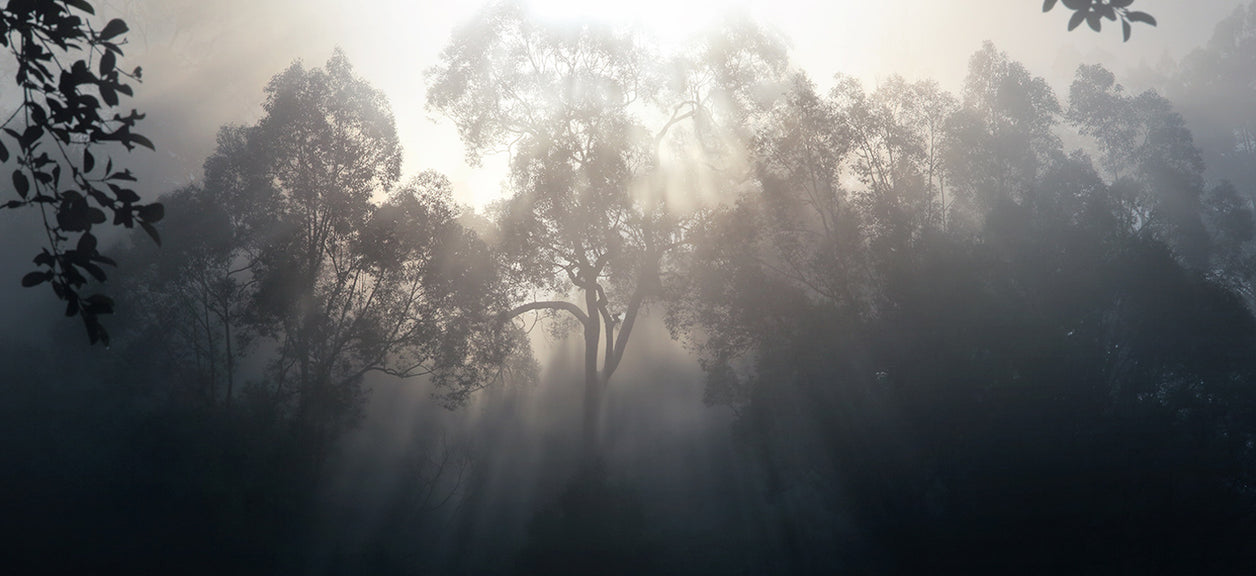
The broadening effects of wildfire season
In May, NASA satellite images tracked smoke from a wildfire burning near Fort McMurray in Alberta, Canada drifting over Spain. Though it eventually retreated from Western Europe, smoke from the fire, nicknamed The Beast, spread and lingered across much of the Central U.S. and as far southeast as Florida during its two-month-long burn.
Beyond the immediate loss of life and property in the burn zones, the spread of wildfire smoke and ash can have a marked impact on healthy air quality in areas within a radius of hundreds — even thousands — of miles. Though fires are a natural part of the ecosystem, clearing dead brush to make way for new growth, their steady increase over the past few decades have made their impact far more severe.
Climate scientists and meteorologists see prevailing winds carrying smoke across the continent. As plumes rise to 20,000 feet and above, they get caught up in the jetstream — high-altitude currents that circuit air quickly from west to east. In the best-case scenario, pollutants don’t set off air-quality alerts, but instead create colorful sunsets; in the worst-case scenario, air quality can plummet to unhealthy and very unhealthy levels.

Among pollutants present in wildfire smoke, the largest concern is particulate matter. Larger particles from wood-fire smoke present a health risk and reduce visibility; for example, the Erskine Fire in Kern County, California clouded air as far east as Reno and Las Vegas. Smoke also contains potentially dangerous amounts of gasses, the most-prevalent of which is carbon monoxide.
Outside evacuation zones, public-health officials advise residents within range of wildfire smoke to stay indoors and seal up their homes as much as possible. With windows and doors shut, the best course is to run the air conditioning with outdoor venting turned off. Of course, absent the ability to “air out” the house through windows and doors, indoor, smoke-fighting air purifiers can help mitigate any pollutants produced by regular activity around the house, such as cooking and burning candles.
Disclaimers
1Coway air purifiers have been proven to trap dust, pollen, dander, viruses and bacteria in the air based on KCL (Korea Conformity Laboratories) testing.They have been tested in a 30㎥ size chamber according to the Korea Air Cleaning Association standard (SPS-KACA 002-132:2022 Modified) to measure the 0.01㎛ size of particle removal rate. It was tested on maximum airflow speed in normal room temperature and humidity conditions. The performance may vary in the actual living environment of customers.
→ Tested with Airmega Aim, 50, 100, 150, 160, Tower AP-1216L, Mighty AP-1512HH, MightyS AP-1512HHS, 200M, Icon, IconS, 230, 240, 250, 250 Art, 250S, 300, 300S, 350, 400, 400S, 450, ProX
299.97% of viruses, bacteria, fungi and pollen were verified to be removed from the air for Coway air purifiers which have Green True HEPA™ filter applied based on the Japan Food Research Laboratories(JFRL) testing according to JEM 1467 standard.
→ Tested with Coway Airmega Mighty AP-1512HH, MightyS AP-1512HHS, 250, 250 Art, 250S, 300, 300S, 400, 400S
→ All tested by JFRL and received above result within below time.
4The concentration of ammonia, acetaldehyde and acetic acid were proven to be removed within 30 minutes by FCG Research Institute, Inc. Human Life Science Lab. It is not a demonstration result in the actual use space. Not all odors and gases may be supported. → Tested with Coway Airmega 150, 160, Mighty AP-1512HH, MightyS AP-1512HHS, 400, 400S
5The coverage area of the air purifier is based on an area where the air cleaner can make two air changes per hour (ACPH). An air change per hour translates to how many times an air purifier can clean an area, assuming the height of a ceiling to be 8 ft, in one hour. Therefore ** means two air changes per hour means that the cleaner can clean the area once every 30 minutes and * means air changes per hour means that the air purifier can clean the area once every 60 minutes.
10Terms and conditions apply. Discounts, including promotions, coupons, bundle discount and subscription discount, cannot be stacked on top of other coupons. During promotional periods, discount codes will not be able to be applied to orders. Promo codes may apply to products only—filters, accessories, and new products within 3 months of the release date are not included.
11Based on Coway R&D internal laboratory testing, activated carbon filtration was shown to remove up to 95% of ammonia odors within 40 minutes, and up to 99% of fecal odors within 20 minutes. Actual performance may vary depending on usage conditions.



























